An article that explains the HTTP protocol in Dubbo in detail
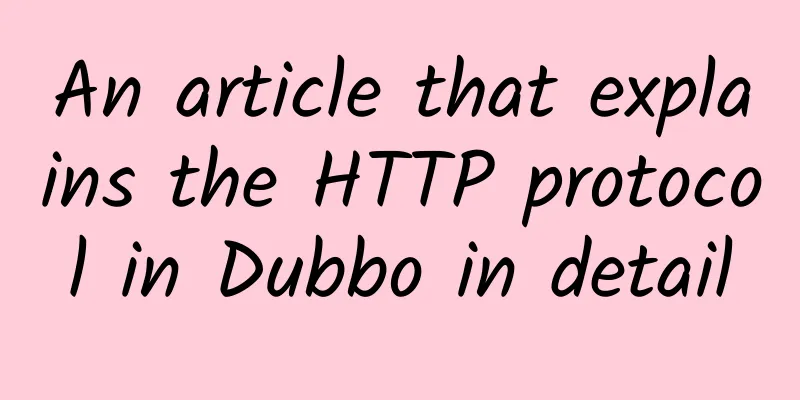
|
The sun is red, the flowers are colorful, hello readers and friends, it's time to share Dubbo knowledge points again. Speaking of the protocols supported by the Dubbo framework, what is your first reaction? There will probably be the dubbo protocol supported by Dubbo by default, and the old-fashioned rest protocol contributed to Dubbo by Dangdang, or today's protagonist http. As of now, the latest version of Dubbo has evolved to 2.7.3, and it already supports: dubbo, hessain, http, injvm, jsonrpc, memcached, native-thrift, thrift, redis, rest, rmi, webservice, xml and other protocols. The usage of some protocols has not yet been completed in the official documentation. It turns out that Dubbo supports so many protocols. Is it a bit unexpected for you?
With so many RPC protocols, some people may have the following questions: Don't rest, jsonrpc, and webservice all rely on http communication? Why is there a separate http protocol? Don't rush to answer this question, but instead introduce today's topic and first introduce the so-called http protocol in the Dubbo framework. http protocol in Dubbo Using the http protocol in Dubbo is basically the same as using other protocols. You only need to specify the protocol.
Optional values for the server attribute: jetty, tomcat, servlet. After configuration, when the service consumer initiates a call to the service provider, the underlying layer will use the standard http protocol for communication. You can find the official sample directly at https://github.com/apache/dubbo-samples, where the submodule: dubbo-samples-http builds an example of http protocol call. To avoid misunderstanding, we hereby declare that in this article, all http protocols refer specifically to the http protocols in dubbo, not the general http protocols that everyone is familiar with. The underlying principle of the http protocol It is very simple to change from the default dubbo protocol to the http protocol. The above is all the content seen from the user's perspective. Next, we will explore its underlying implementation principles. Looking through the source code of Dubbo, you may be surprised to find the implementation of HttpProtocol. Basically, the http protocol is implemented by relying on the HttpProtocol class. You should know that there are nearly 30 classes to implement a custom dubbo protocol! There are two main reasons why the http protocol is so simple to implement:
What is the HttpInvoker provided by Spring? It is indeed a relatively unfamiliar concept, but it is not complicated. In short, it uses Java serialization to convert objects into bytes and send them through http. On the server side, Spring can find the corresponding Bean reflection call process in the container based on the Url mapping. It doesn't matter if you have never seen it. You can quickly grasp this concept through the following examples. Spring HttpInvoker For more information about this section, see the Spring documentation: https://docs.spring.io/spring/docs/4.3.24.RELEASE/spring-framework-reference/htmlsingle/#remoting-httpinvoker-server The following example will show how to use Spring's native HttpInvoker to implement remote calls. Creating a Service Provider
The code for exposing the service is quite simple, but there are two points to note:
Creating a Service Consumer
There are also two points to note when quoting services on the consumer side:
Call details analysis There is no need to delve into the underlying implementation of Spring HttpInvoker, but everyone will definitely be curious about some details: How is the HTTP message body organized in Dubbo? How to serialize objects? We can use Wireshark to capture the request sent by the client and the response message of the server. By tracking the message flow, you can see the detailed request and response content From ContentType:application/x-java-serialized-object and the ASCII code of the message Body, we can see that Java Serialize is used for serialization. We export the Body to a file and use Java Serialize to deserialize the response to verify its true appearance: The message can be deserialized normally using Java Serialize, and the result is Spring's built-in wrapper class RemoteInvocationResult, which is decorated with the actual business return result. The significance of http protocol The many protocols provided by Dubbo have their own applicable scenarios, such as
I may write a separate article to analyze the specific usage scenarios and characteristics of all protocols. Now we need to think about what problems Dubbo solves by providing the http protocol and in what scenarios users will consider using Dubbo's http protocol. I personally think that Dubbo's current http protocol is relatively useless. The advantage of native http communication lies in its versatility. Basically all languages have supporting http clients and servers, but Dubbo's http protocol uses the application/x-java-serialized-object format as the default payload, which makes it lose its cross-language advantage. Some readers may argue that HttpInvoker supports configuring serialization formats, so we can't criticize it so hastily. But in fact, what we are concerned about is the default implementation, just as the dubbo:// protocol can also configure fastjson as a serialization solution, but we also don't think that the dubbo:// protocol is an excellent cross-language solution for the same reason. Of course, to evaluate whether an application layer protocol is excellent, whether it is suitable for mesh, etc., it requires multiple directions to analyze, which I will not analyze in this article. After all, this article has spent a certain amount of space to introduce Dubbo's http protocol to you, but in the end I want to tell you: this is a relatively useless protocol. Are you disappointed? Don't be disappointed. Dubbo may abandon the existing http protocol in version 2.7.4 and use the jsonrpc protocol instead. In fact, it is just a name change for the jsonrpc protocol. I will introduce the details of jsonrpc in the next article. At that time, I will also analyze why jsonrpc is more suitable for wearing the hat of the http protocol than the existing http protocol. As for the existing http protocol, I prefer to call it: spring-httpinvoker protocol. Summarize What is the significance of dubbo's existing http protocol? If you are used to using Spring HttpInvoker, then perhaps the existing http protocol is still useful, but judging from the length of time spent on it in the Dubbo discussion group and Spring documentation, it is still very niche. At the same time, it can also help us better understand the history of protocol development, and know why a protocol exists and why it is eliminated. |
<<: How to restore blood flow to your brain after a long holiday?
>>: I'm stunned! Why is the latency so high for a simple HTTP call?
Recommend
If IT operations and maintenance fail to do this, congratulations, you will be blamed for this.
When it comes to IT operations and maintenance, m...
Six major trends in the development of enterprise campus networks
Enterprise campus networks are changing, just lik...
edgeNAT VPS/dedicated servers are 20% off for monthly payment and 30% off for annual payment. Hong Kong VPS bandwidth upgrade price remains unchanged
edgeNAT is a Chinese host provider established in...
Key breakthrough in quantum internet! Pan Jianwei's team breaks new record, entanglement distance is enough to connect two cities
Just now, good news came from quantum entanglemen...
F5's 2022 State of Application Strategy Report identifies five trends in application modernization for the financial services industry
The "2022 Application Strategy Status Report...
6 AI Elements You Need for a Wireless Network Strategy
Thanks to advances in artificial intelligence (AI...
The role of satellite communications in smart cities: enhancing urban connectivity
As urban populations continue to grow, the need f...
Byte One: The website cannot be displayed, how to troubleshoot?
Hello everyone, I am Xiaolin. A reader was asked ...
What is Bluetooth Low Energy?
Bluetooth Low Energy is a new Bluetooth wireless ...
2021 China Internet Haha List 3: Top Ten Keywords
With change comes new opportunities. The Internet...
CAP, can it be without P? Did you know?
Hello, everyone, I am Zhibeijun. Almost all large...
The revenue and profits of the three major operators have skyrocketed. Will the income of employees also increase at the same time? What does it have to do with the employees?
Recently, the three major operators have released...
South Korea: 14 6G communication satellites will be launched before 2031
June 21 news, according to foreign media reports,...
Summary of core technologies and solutions for personal area networks
PAN is the abbreviation of Peonal Area Network, w...
HostYun offers 10% off on all items, 20% off on Korean VPS, starting at 12 yuan per month, top up 111 yuan and get 20 yuan free
HostYun launched a special promotion from the 12t...
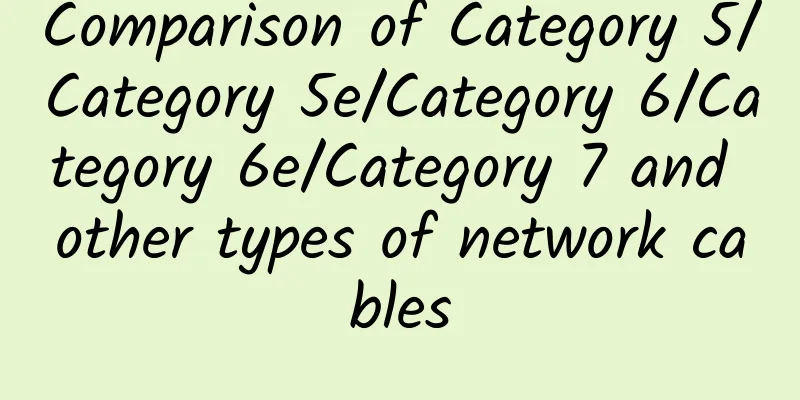

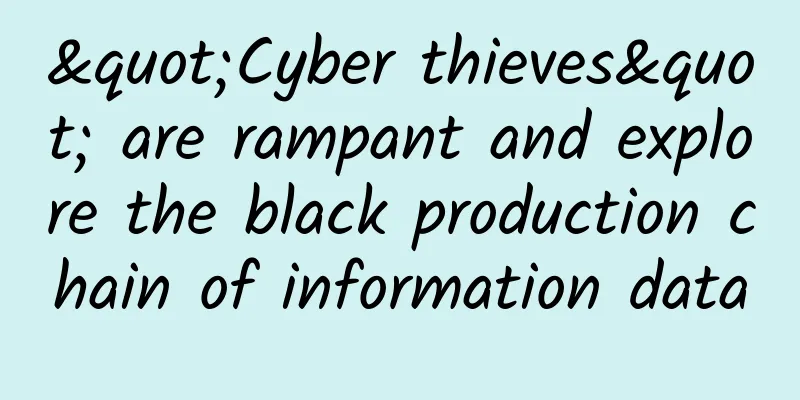


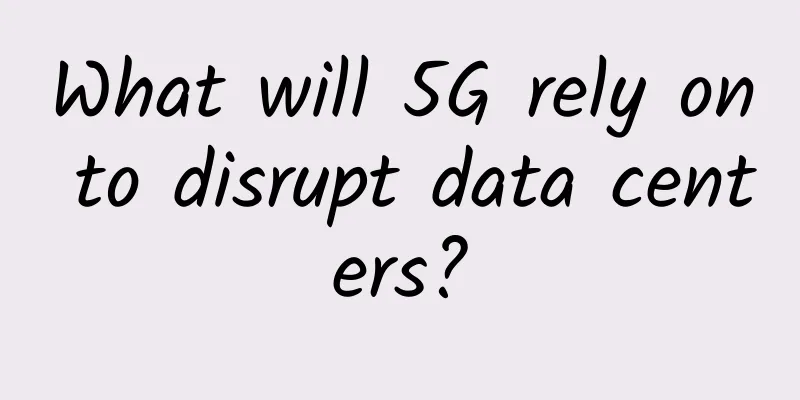
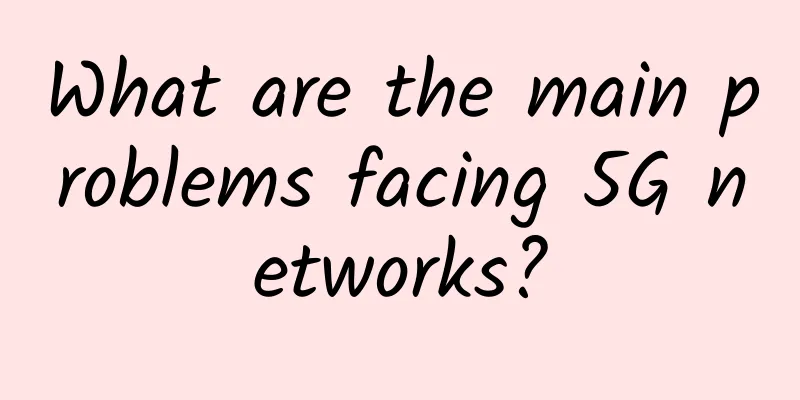

![[Black Friday] Virtono: €29.95/year KVM-1GB/30GB/1TB/Singapore and other data centers](/upload/images/67cac00e4826a.webp)
